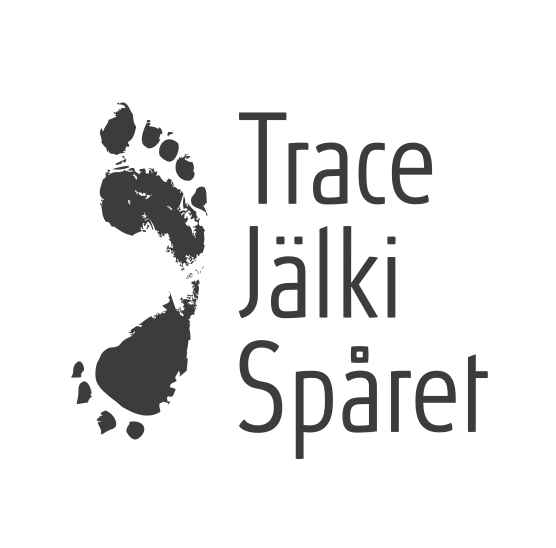Becoming known: Practicing equine rescue and rehabilitation as a response-able ethic of interspecies care
DOI:
https://doi.org/10.23984/fjhas.131074Keywords:
interspecies care, relationality, agency, response-ability, horse, rescueAbstract
In this paper we discuss the intertwining of care with learning to know and become with the other in interspecies relationships. Drawing on interviews at horse rescue yards (England), we ask: How does an animal come to be known? What does it mean to care with an animal well? How does animal agency shape the practicing of response-able care? Caring well for a rescue horse is centred upon establishing an intimate knowledge of horses as individuals and as agents of their own life. Often the life history of an individual animal is not known and it is up to the human to imagine a possible past and present for them by interacting with the animal. Central to this process is how the agencies of both human and horse shape the emerging relational embodied interaction. Weaving together scholarship on care, agency, and interspecies relationality, we explore how the situated and intertwined processes of getting to know the other and caring well unfold. Our main assertion is that the relational knowledge which underpins the practicing of a response-able ethic of interspecies care is itself dependent on the ability of both animal and human to actively enter into a mutual (ongoing) process of learning to know and become know-able by the other. By its very (relational) nature, therefore, practicing a response-able ethic of interspecies care is simultaneously situational, dynamic, intimate and unstable. It is beyond the control of either individual alone, yet ultimately not always determinable by mutual consent of either.

Downloads
Published
Issue
Section
License
Copyright (c) 2024 Alex Franklin, Nora Schuurman

This work is licensed under a Creative Commons Attribution 4.0 International License.





